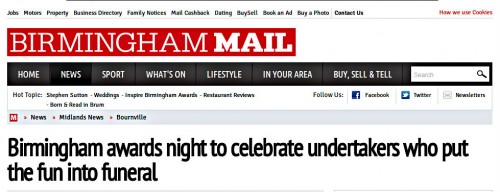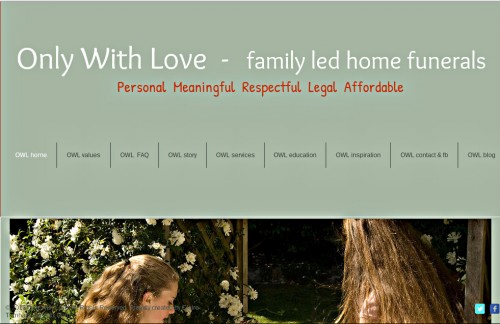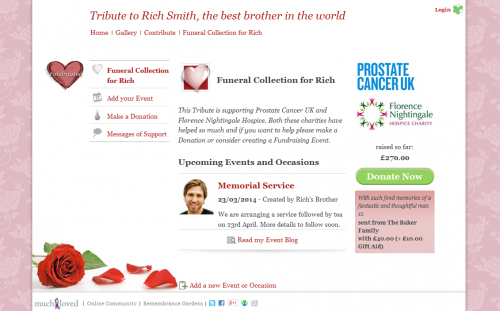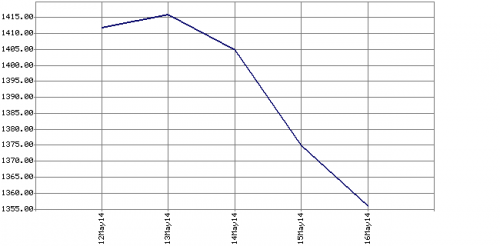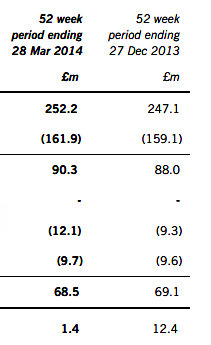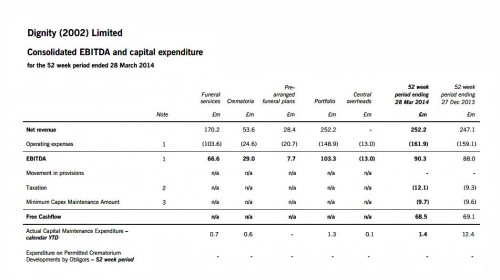ED’s WARNING: Very long, boring post today.
Dig down into the history of any profession and you quickly hit dirt. Medicine, for example. Go back a couple of hundred years and your spade clunks up against a deplorable assortment of scoundrelly self-taught barber-surgeons, apothecaries, midwives and drug peddlers wreaking all manner of unscientific havoc on their patients. Or take dentists — tooth-drawers. When do you think dentistry was regulated? Some time in the 1800s? Wrong. 1921.
The way in which a disreputable occupation achieves social respectability is through a process of professionalisation. To achieve that, practitioners must show that they possess a body of specialist knowledge in which they have been examined; that they are motivated by altruism and public service; that they are members of a professional association which polices them; and that they are bound by a code of conduct. By these means they set themselves apart from the scoundrels and charlatans, the amateurs and the unqualified.
Image problem solved.
No surprise, then, that this is exactly how undertakers have sought to manage their own image problem. We’re starting from a pretty low base here. Here’s how they were seen by The Leisure Hour – A Family Journal of Instruction and Recreation in 1862:
“In numberless instances the interment of the dead is in the hands of miscreants, whom it is almost flattery to compare to the vulture, or the foulest carrion bird.”
While this judgement looks a tad harsh today, it remains at least partially true. For ‘numberless’ substitute ‘some’. Because the professionalisation of undertaking has been a limited success. For example, undertakers have not one but two professional associations, the NAFD and Saif, reflecting deep internal conflict between the interests of independents and corporates. Education courses aren’t externally accredited. And undertakers have no means of excluding the unqualified and the scoundrels because there is no statutory regulation of the activity known as funeral directing.
So they’re not quite up there with the lawyers and doctors yet. Or, more relevantly, pathologists.
It’s worth comparing the professionalisation of undertakers in this country with those in the States, who succeeded, for the time being at any rate, in promoting themselves from blue-collar to white-collar. The way they did it influenced undertakers in Britain and other countries.
The first thing they did was mark out an area of specialist knowledge, essential to any profession. Given the mostly straightforward nature of the process of arranging a funeral this called for ingenuity. The element they picked on was the care of the dead body.
This had heretofore not been a specialised occupation. It still isn’t. It only becomes so if you can demonstrate a need to embalm a dead body. And embalming isn’t the sort of thing anyone can do at home, is it?
So how do you justify needing to embalm a corpse?
You justify it by claiming that that the primary role of the of the undertaker is therapeutic.
Therapeutic?
Yes, that viewing the dead body is the most healing thing an undertaker has to offer to grieving people; spending time with the corpse is central to the grief process, the only way they’ll be able to get their heads around the fact that the person it once was is dead, the only way they’ll be able to reconcile themselves with that ineluctable fact. There is indispensable therapeutic value, the claim goes, in the contemplation of, first, a well turned-out corpse and then, enduringly, a beautiful memory picture that only embalming can achieve. The primary claim of the undertaker to be regarded as a professional resides in this therapeutic role.
The public bought it. American undertakers were thereby able to promote the therapeutic display of the body as a social event — the visitation — and sell all sorts of merchandise to accessorise it. They started banking, by Brit standards, good money. They moved up the social scale.
A good many British undertakers sincerely believe in the primacy of the therapeutic value of a good viewing experience where the dead person, as the result of a cosmetic process including the manipulation of the features, appears quite content to be dead. But embalming only gained a partial hold in Britain, and public viewing none to speak of. In the US now it is beginning to look dated as bereaved people turn their backs on it. Diehard conservative ritualists like Thomas Lynch in the US are fighting a feisty rearguard action, but they’re beginning to look as if they are yelling at the tide. It is no coincidence that Thomas Lynch and ‘our’ Barry Albin-Dyer are both Roman Catholics.
The implications of this downgrading of the value of viewing for the social and professional standing of undertakers appear, on the face of it, daunting for, in the words of Strub and Frederick, “There can be no question that embalming is the very foundation of modern mortuary service … Without embalming there would be little demand for beautiful caskets and protective vaults and little need for mortuary service as we know it today.”
Some British undertakers have sought to fortify their therapeutic role by offering a bereavement aftercare service of some sort, many of them in partnership with Bill Webster. Others view this as a distraction from their primary activity or an entirely different specialism. At least one academic study (in Canada) has shown that aftercare is the activity where undertakers receive their lowest evaluation. And then there’s the problem that bereavement groups breed dependency.
To cut a long story short, for a range of reasons British undertakers have not succeeded in deflecting stigma and achieving social status through professionalisation. Some of them fret about this because they yearn to be regarded as professionals and wince at the word trade.
They’re missing the point. In recent years the distinction between a trade and a profession has blurred to the point of irrelevance. What matters to people is whether their surgeon or their plumber is any good. Quality assurance is measured not by letters after your name but by client reviews.
Client reviews measure what matters to clients and it’s really very little surprise to learn that what matters most to them, where funerals are concerned, is the quality of their interaction with the undertaker.
Yes, it really is that simple. As Poppy Mardall expresses it, “a good funeral director will support a family to have the funeral that’s right for them.” It’s about EI (emotional intelligence) rather than Dip FD, and the court of public opinion facilitated by the internet.
In their attempts to big themselves up undertakers have erected a rampart between them and their clients. The shudder-making black suits, the big cars, the ancient lineage, the jargon, the refusal to post prices online — none of these answer a bereaved person’s overriding desire, which is to find a fellow human being who is kind. They intimidate and alienate more than they impress. People want an Us person, not a Them person. No one wants to be overawed and the last person they want is someone who looks like a bloody undertaker.
Which is why the incursion of ‘middle-class’ undertakers has been so successful as well as refreshing — The Green Funeral Company, Family Tree, Poppy’s, Evelyn’s. They don’t angst about status issues so they don’t bother with uniforms and stuff. They keep it simple, they sit down and level with people, and it’s working very well for all parties.
I was reminded of this last week when I went to Brighton for a Dying Matters event organised by Arka Original Funerals, among others. Arka are very much Us undertakers — artisan undertakers. Here’s how they describe themselves:
We are people first and funeral directors second – so you will find us relaxed and approachable and wearing everyday clothes, not the usual sombre black attire of other funeral directors.
We are there to support you through a time of grief and help you to make the choices and decisions you want. We won’t try to shoehorn you into arrangements that you don’t want, or wouldn’t feel comfortable with. We won’t rush you into decisions and we won’t mislead you about our services or prices.
Brilliant. “We are people first.” Perfect.
Naturally, exhibitors at the event were all nice guys. I met John Turvill for the first time and his characterful Citroen H-Van hearse. He keeps it in showroom condition and it’s beautifully fitted out. It’s lovely and snug inside and affords a dead person some privacy on the way to their funeral. But what seemed most important was the discovery that John is a truly lovely man.
I don’t want to keep you, but I’ve just got to tell you about the brilliant lawyer who was there, Chris Thomas. He really cares about people and disapproves of the way so many solicitors cherry-pick their clients. Chris likes to work with people who aren’t worth all that much and he goes out of his way to visit people too frail to get to his office. When the show was over, off he went to see a 94 year-old and get her affairs in order.
There are lots and lots of nice guys in the funerals business, far more than people suppose. More’s the pity if they feel they have to impress in order to reassure. Speak human, guys, be authentic, and your self-regard will take care of itself.

